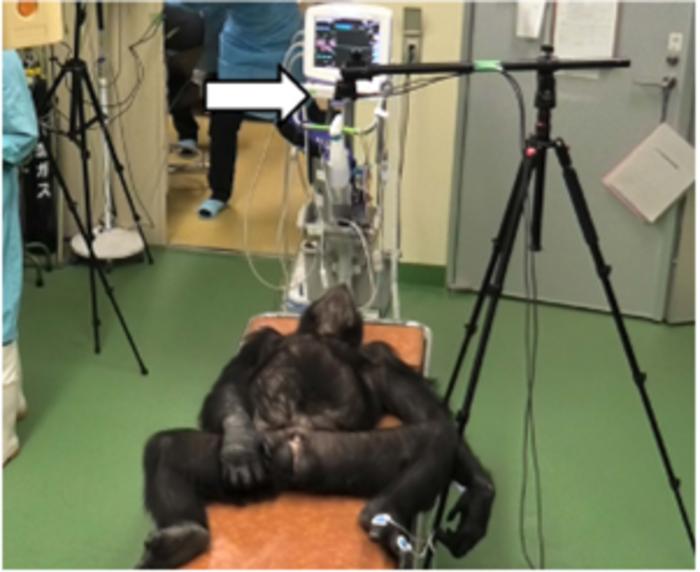Japanese researchers have developed a novel method for measuring heart rate in chimpanzees using millimeter-wave radar technology. The study, published in the American Journal of Primatology on May 22, 2024, could lead to better health management and animal welfare practices for captive primates.
Monitoring heart rate is crucial for assessing the health and well-being of nonhuman primates. Heart disease is a leading cause of death among captive great apes, and regular heart rate monitoring can help veterinarians detect symptoms early. Additionally, heart rate changes can provide valuable insights into animal cognition and emotional states, such as psychological stress or arousal.
Current Methods and Their Limitations
Existing techniques for measuring heart rate in great apes have several drawbacks. The most common method involves attaching a wireless device to the animal, which requires anesthesia and can cause stress. Video-based estimation of heart rate has also been tested in some primate species, but its accuracy is sensitive to lighting conditions and animal movement.
To address these challenges, a research team led by Assistant Professor Takuya Matsumoto from Shinshu University, Japan, explored the potential of using millimeter-wave radar technology to measure heart rate in chimpanzees. The co-authors included Dr. Itsuki Iwata, Dr. Takuya Sakamoto, and Dr. Satoshi Hirata from Kyoto University.
Testing the New Approach
The proposed approach involves emitting high-frequency electromagnetic pulses aimed at the animal’s chest and capturing the resulting echoes. These echoes can detect subtle body movements, which are then used to estimate heart rate using specialized algorithms.
“Millimeter-wave radar technology has been extensively developed for applications in automated driving and medicine, but after speaking with a radar researcher at a reception at an academic conference, we felt that it could open up a new field of study if applied to primates other than humans; thus, we began our joint research,” said Dr. Matsumoto.
To test their approach, the researchers conducted experiments during the annual health checks of two adult chimpanzees at Kumamoto Sanctuary, Wildlife Research Center, Kyoto University. The radar system was hung about half a meter above the anesthetized animals’ chests, and the results were compared with traditional electrocardiography (ECG) signals.
The heart rates recorded via ECG closely matched those obtained using the millimeter-wave radar for both chimpanzees, validating the proposed strategy. “Despite chimpanzees having muscular bodies, which raised uncertainties about measuring their heart rate in a similar manner to measurements in humans, the results of this study demonstrated the feasibility of noncontact heart rate measurements through the analysis of subtle body surface movements,” Dr. Matsumoto explained.
The researchers believe that their findings could pave the way for more innovative methods to monitor vital signs in captive animals, including heart rate and respiration rate. “If it becomes possible to remotely measure the heart rate of endangered apes, their health management and welfare in captivity, such as in zoos, could improve,” Dr. Matsumoto concluded.
Further feasibility studies will be necessary to validate the use of the proposed method in regular practice, where animals are free to move in their enclosure. If successful, these techniques could not only help keep our closest relatives healthy but also lead to a better understanding of primate behavior and physiology.
For more information on this topic:


